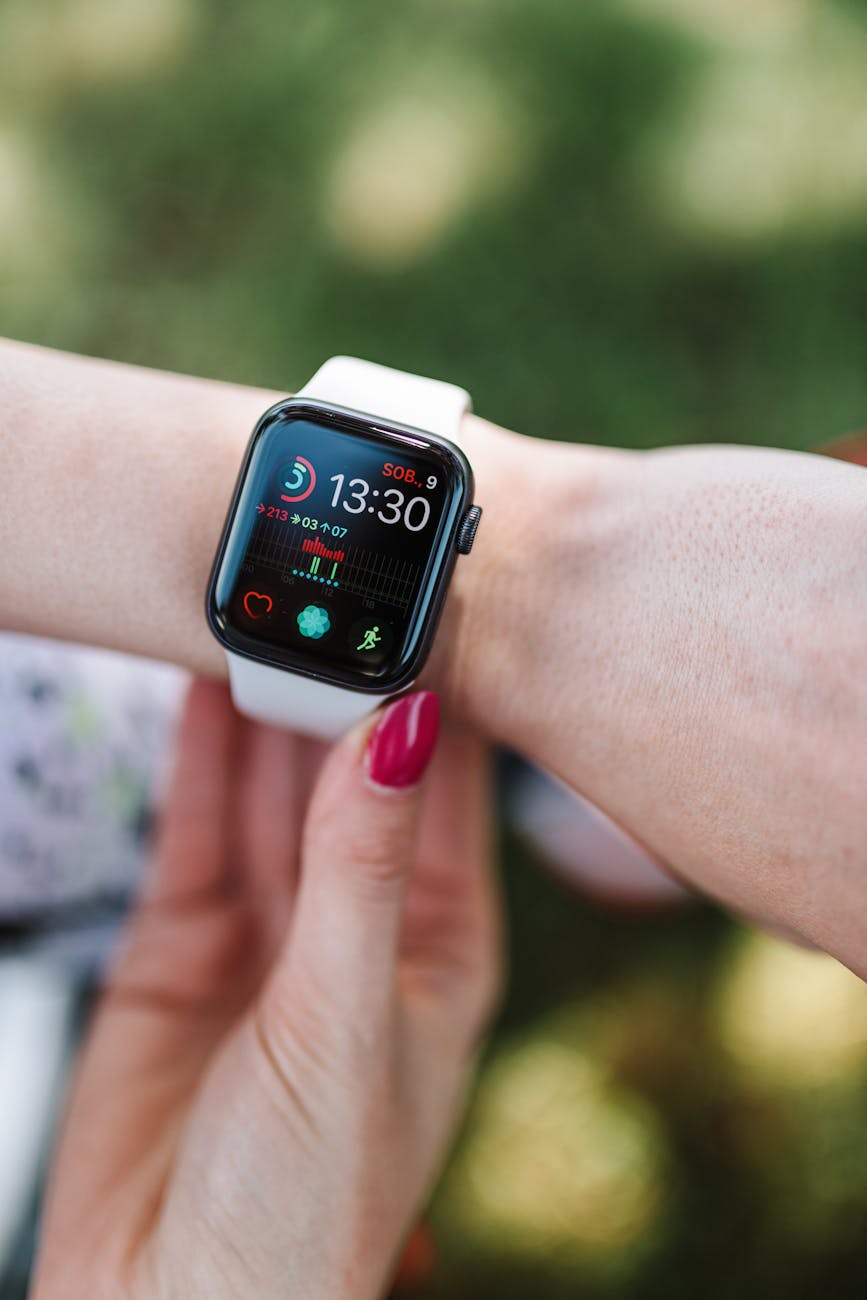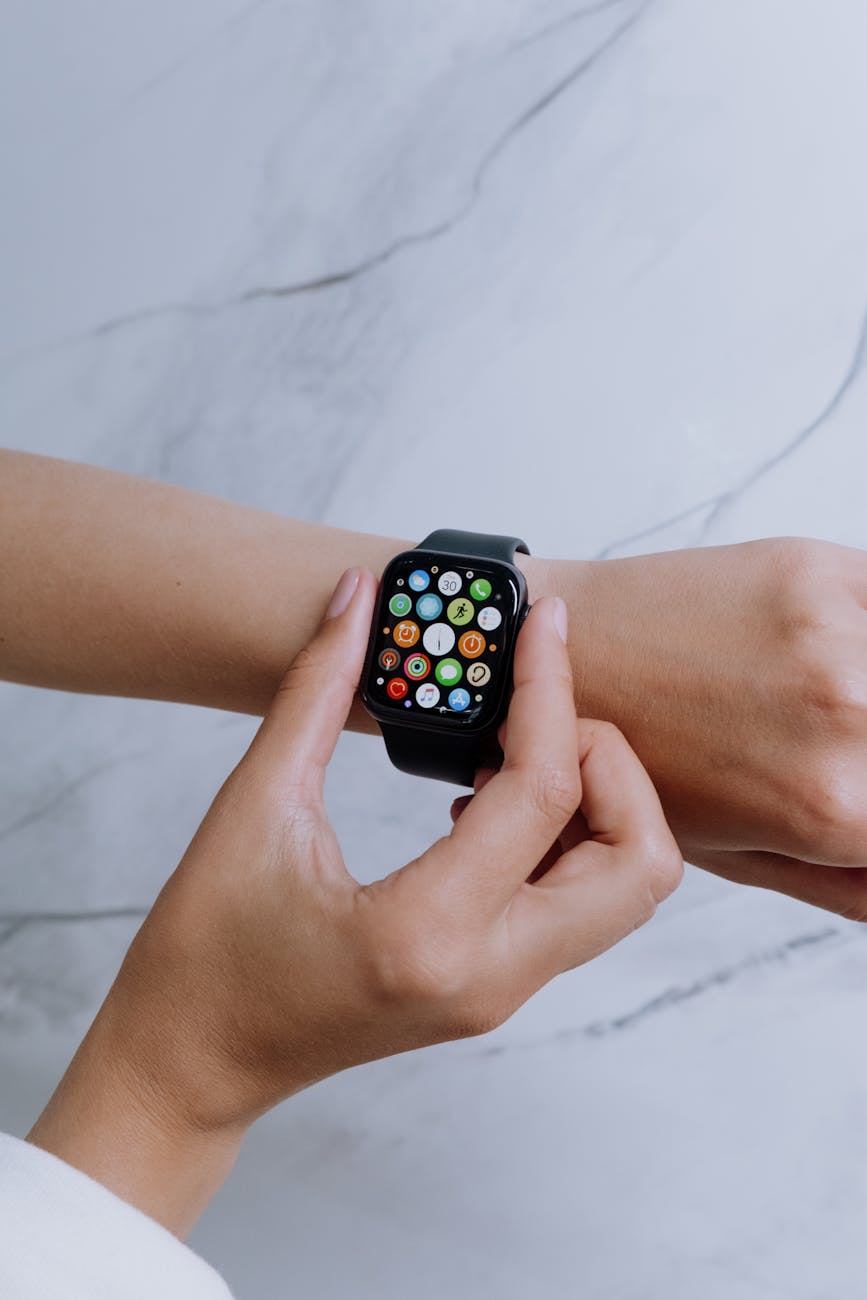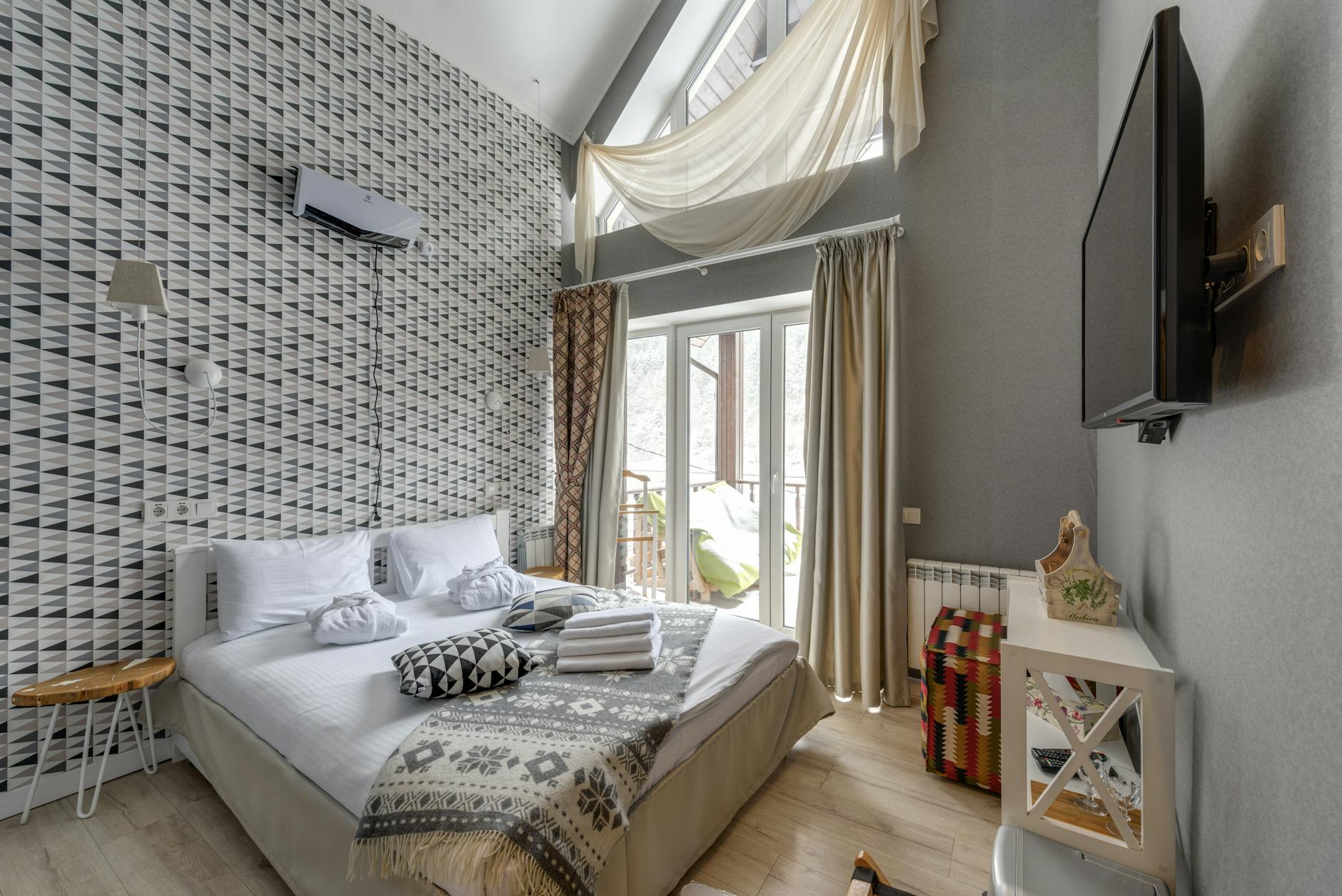
How Modular Accessories Are Changing Wearable Technology
Changing wearable technology is reshaping how we interact with the world around us. What once started as novelty gadgets found in supermarket aisles has rapidly advanced into mission-critical tools used across healthcare, fitness, industrial, and defence sectors. At the forefront of this shift is modular design, giving users greater control, customisation, and longevity by allowing devices to adapt and grow with their needs.

Smarter Wearables Across Industries
Whether it’s in healthcare, fitness, military or industrial environments, modular accessories are making wearables smarter and more adaptable. Additionally, they are making them more cost-effective. One niche example is the Tactical Amp Arm adapter for Howard Leight, a component that transforms hearing protection gear into an integrated communication system. This illustrates how modular add-ons can dramatically enhance function without replacing the core device itself.
Why Modularity Matters
Modularity is appealing because of how flexible it is. Instead of having to purchase entirely new equipment every time a feature or function needs to be updated, users can add or swap out components as needed. This design philosophy saves waste, saves money, and allows for tailored solutions. In field work, logistics, or emergency response, being able to customise wearable technology to the task at hand isn’t just convenient, but it’s essential now. In a consumer space, modular fitness watches and bright rings are leading the charge. Some devices allow you to swap out bands, attach new sensors or even add modules like GPS or pulse oximeters, which are proving popular with users who want more than a one-size-fits-all device.

Driving Innovation Through Modularity
This is a trend that also encourages innovation in third party accessory markets, which expands the functionality of existing devices in ways that manufacturers may not have originally envisioned. In high-risk or more rugged environments, modularity becomes even more critical. Workers in the construction or security industries, for example, or personnel in tactical or defence roles, will benefit from wearable systems that can be configured for different operational needs. From attaching communication modules to biometric monitoring tools, these interchangeable parts make the equipment versatile enough for multiple missions or tasks. This cuts down on gear overload while increasing efficiency.
A New Mindset for Developers
For developers and engineers, modular accessories also represent a shift in design thinking. It’s no longer about building a perfect device that does everything at once. Instead, it’s about creating a solid core platform that can and will be expanded over time. This is an approach that invites collaboration between hardware makers, software developers, and even end users. You gain faster iterations, more responsive design, and more meaningful innovation as a result.

Sustainability and the Future of Wearables
From a sustainability perspective, modular wearables can align with the growing demand for eco-friendly tech, especially in bigger industries. Instead of discarding entire devices when a part is failing or becomes obsolete, users can replace or upgrade. This extends product lifespans and reduces e-waste, which is an increasingly important consideration as electronic devices grow across the globe.
Looking Ahead
Modularity will continue to shape wearable technology for years to come. We’re likely going to see even more sectors adopt the model.



